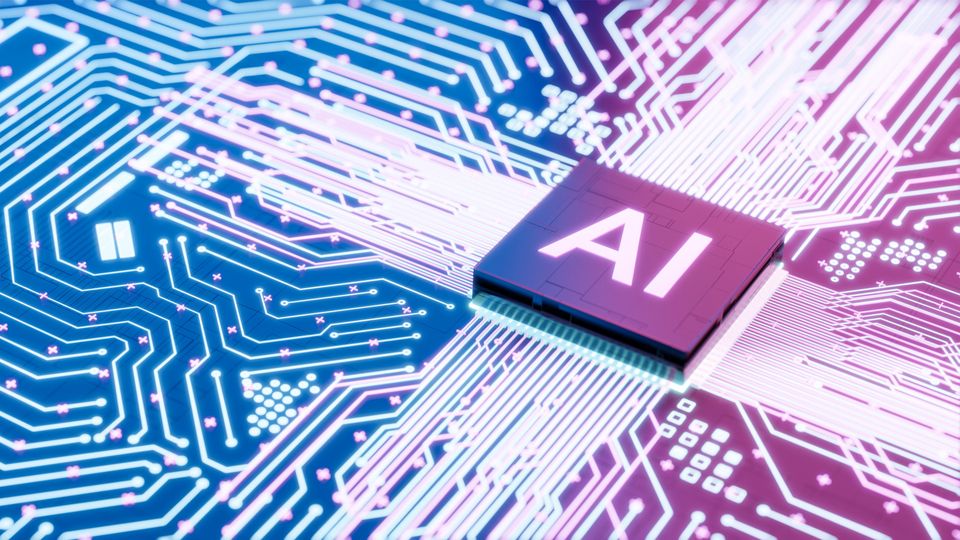Since late 2023, artificial intelligence (AI) and Real World Assets (RWAs) have emerged as significant themes poised to drive the next bull market in the crypto sphere. RWAs, a class of blockchain-based crypto tokens, represent tangible or intangible assets like bonds, real estate properties, and commodities.
These tokens enable the trading of such assets via Decentralized Finance (DeFi), democratizing access to financial tools and unlocking new avenues of application. Forecasts suggest that by 2030, the RWA market could reach $4 trillion to $5 trillion, while the AI market is expected to hit $738.8 billion.
AI models, particularly advanced ones like GPT-4, epitomize the pinnacle of innovation in natural language processing and machine learning. Developing these models entails substantial investments in cutting-edge algorithms, vast datasets, and significant computational resources.

Their value can be further augmented when tailored for specific industry applications. Moreover, the extensive data required to train these models is not only a trove of information but also a valuable asset in its own right.
Additionally, AI technologies and their associated intellectual property, encompassing patents and copyrights, present exclusive profit-making opportunities for their creators or proprietors.
AI’s transformative capabilities empower RWAs services across various essential domains:
- Enhancing Security: AI plays a pivotal role in cybersecurity, continuously monitoring and analyzing transaction data for signs of anomalous activity indicative of security threats.
These systems detect patterns and anomalies that humans might overlook, such as subtle indications of fraudulent transactions or early signs of cyber-attacks.
Once a potential threat is identified, AI can swiftly neutralize it, whether by blocking suspicious transactions or isolating affected systems to prevent further harm. This proactive security approach upholds the integrity and trustworthiness of RWAs services.
- Strengthening User Privacy: Privacy concerns are paramount in RWAs transactions. AI enhances privacy through sophisticated encryption techniques that are challenging for unauthorized entities to breach.
Moreover, AI facilitates user identity management and authentication with greater accuracy and minimal intrusion, leveraging methods like biometric verification (e.g., facial recognition, fingerprints), thereby fortifying security measures.

- Assisting Decision-making and Market Prediction: Financial markets, including RWA trading platforms, are renowned for their volatility and complexity.
AI excels in analyzing vast troves of market data— encompassing historical trading volumes, price fluctuations, and economic indicators—to discern trends and patterns that inform future market behavior.
This analysis extends to global events, social media sentiments, and other external factors shaping market dynamics. Armed with these insights, AI aids traders and investors in identifying lucrative trading opportunities or preempting potential downturns.
This decision-making support facilitates informed, strategic choices, maximizing investment returns while minimizing risks.
RWAs services can enhance their security, privacy, and operational efficiency by harnessing AI’s capabilities in these domains.
This not only benefits service providers by mitigating risks and enhancing customer satisfaction but also empowers users with safer, more reliable, and more efficient platforms for transactions and investments.
As AI technology advances, its role in RWAs services is expected to grow, driving innovation and creating new opportunities in the crypto world and beyond.
While the integration of AI and RWAs is set to commence in 2024, it presents its own set of challenges. The opacity of AI algorithms and the potential systemic risks posed by their vulnerabilities underscore the need for trustworthy and transparent AI solutions.
This underscores the importance of decentralized AI, ensuring transparency across the entire AI lifecycle—from data collection and preprocessing to model training and deployment—as a key trend in 2024.


